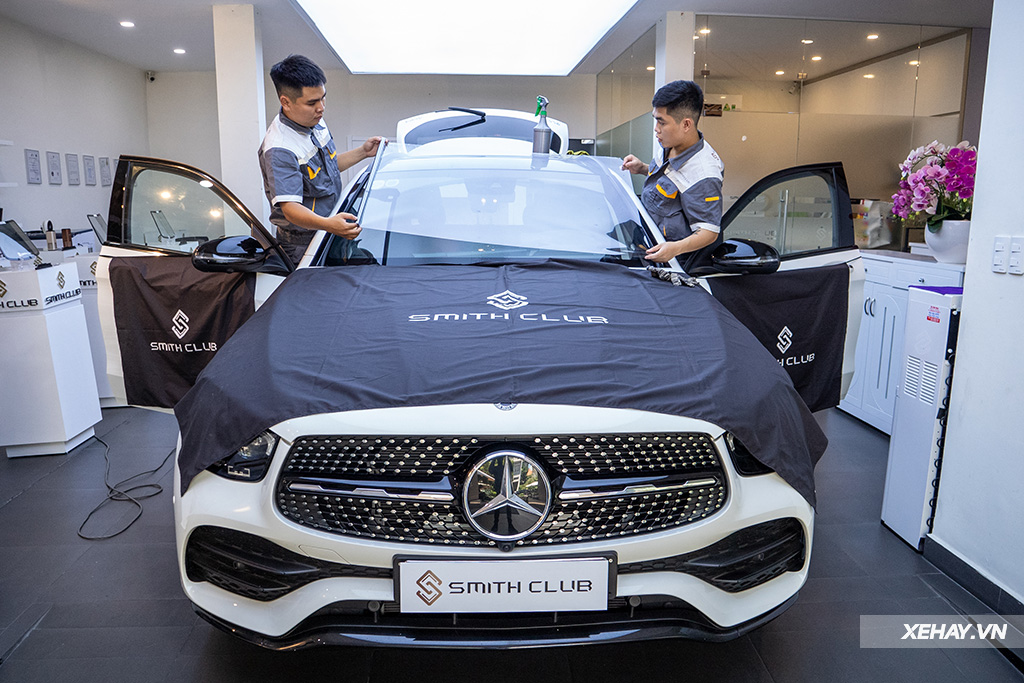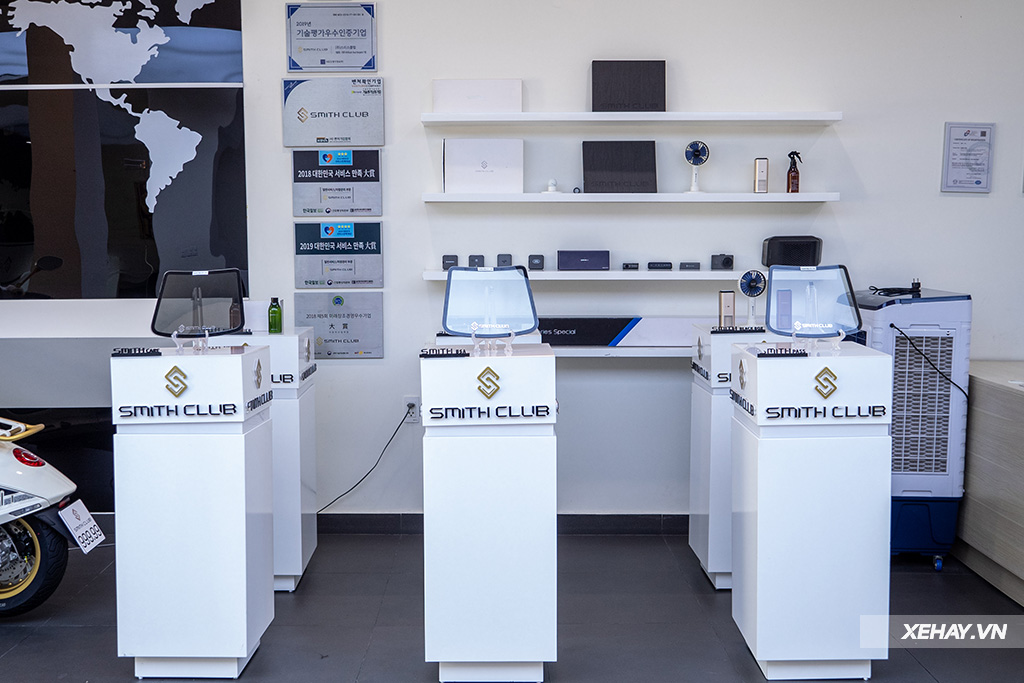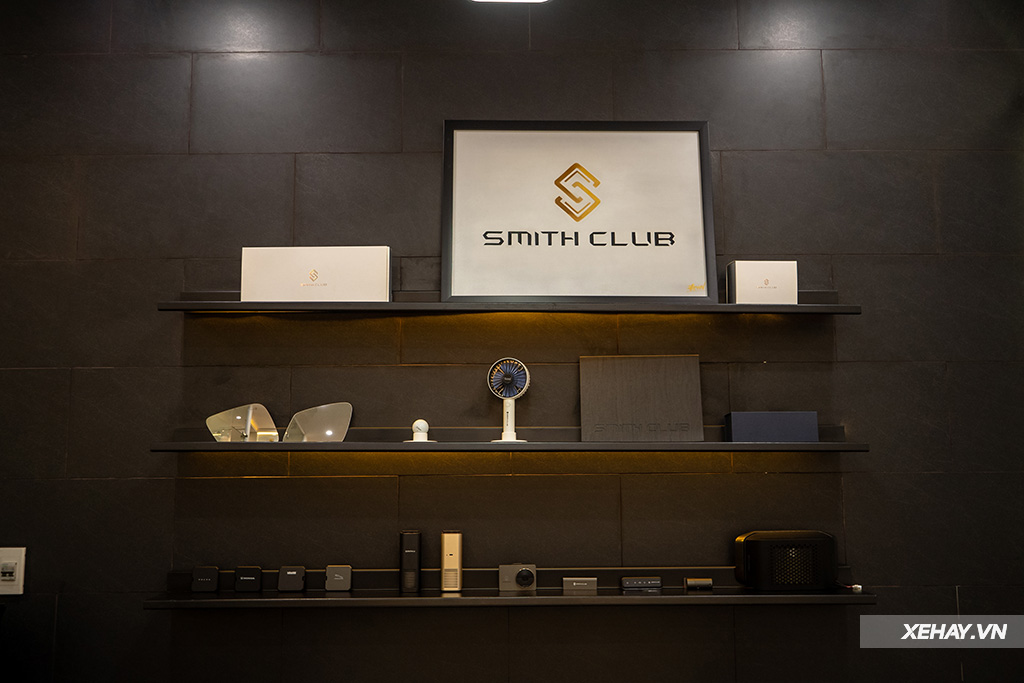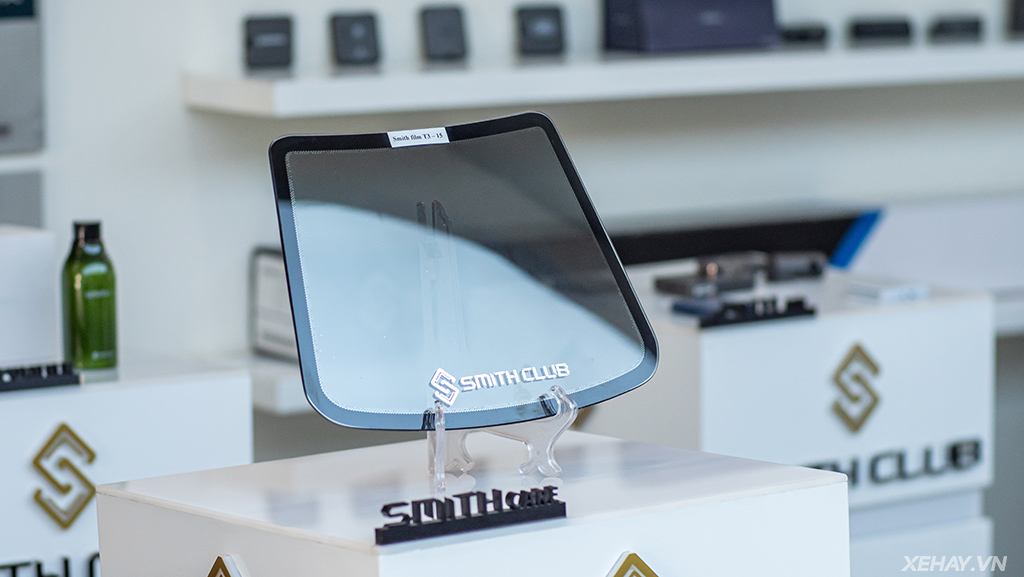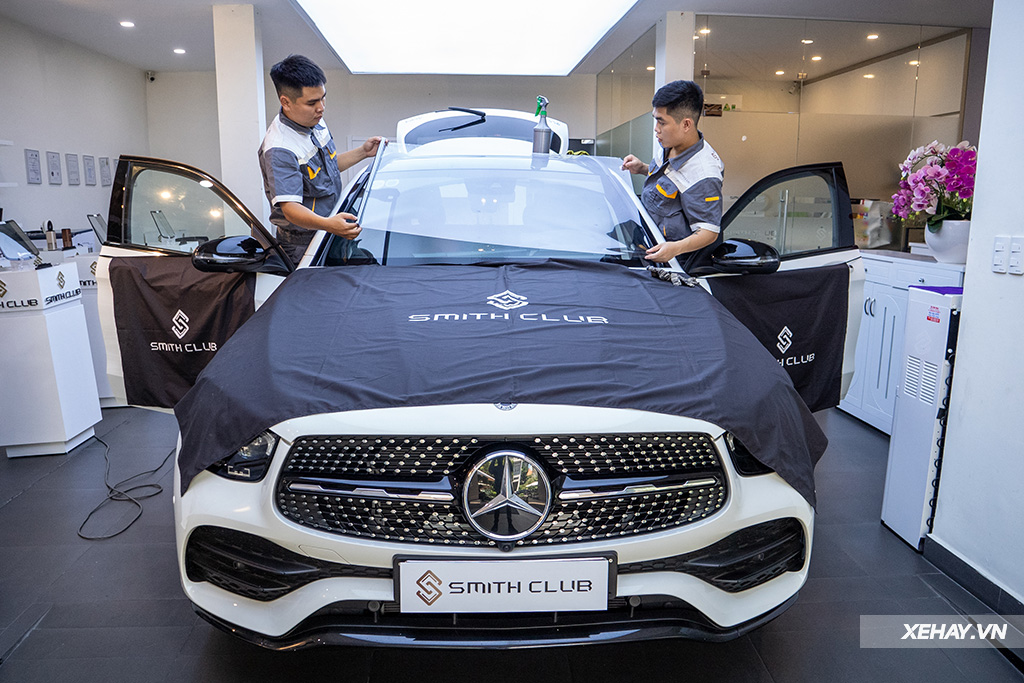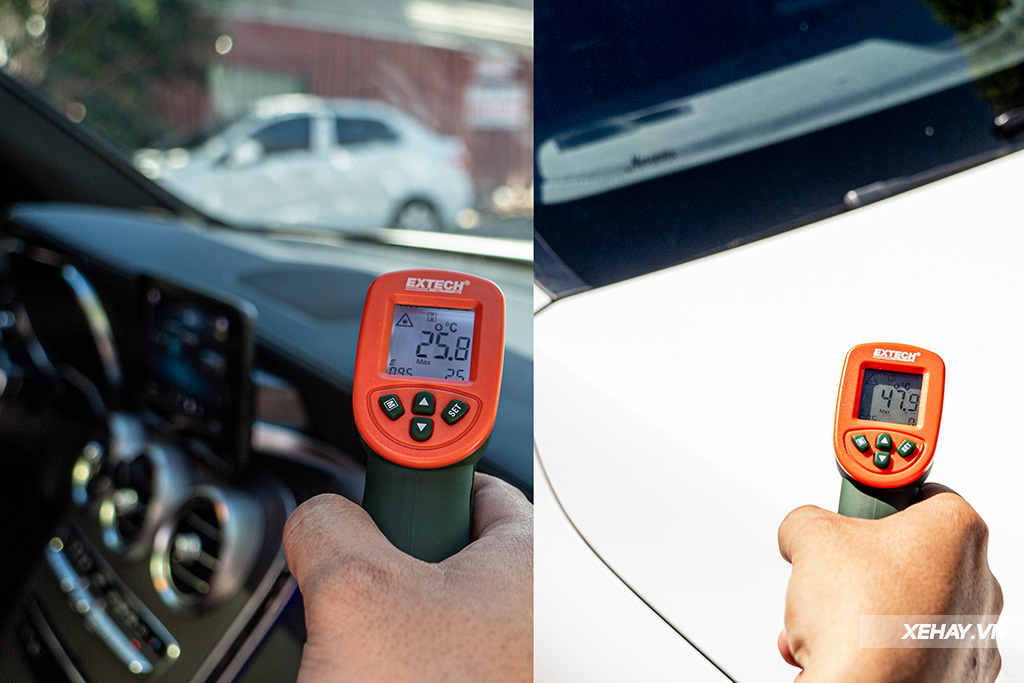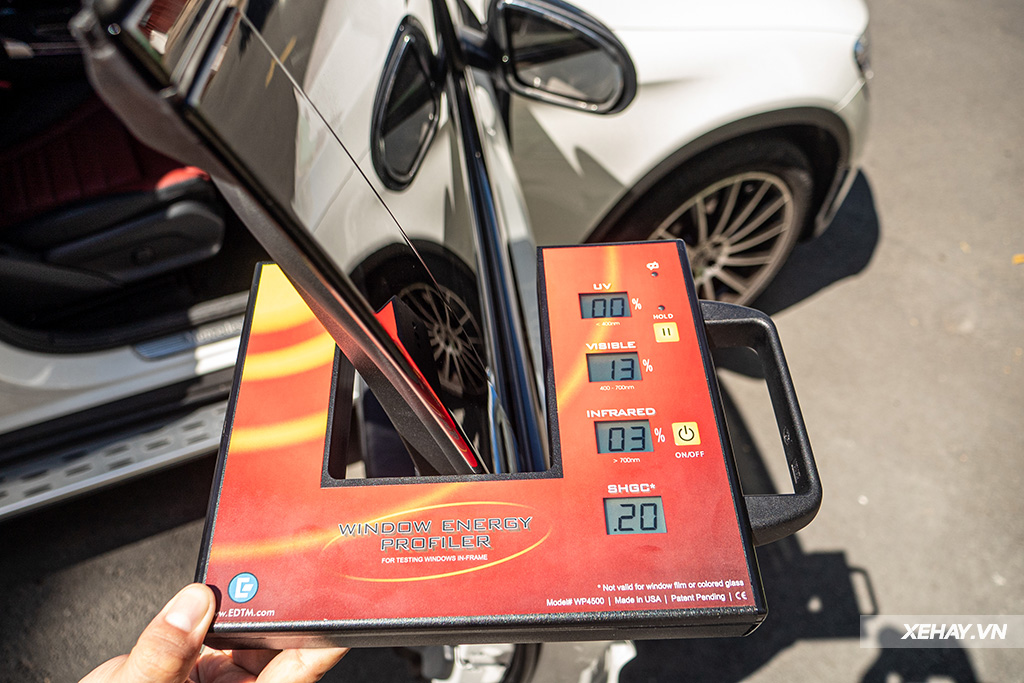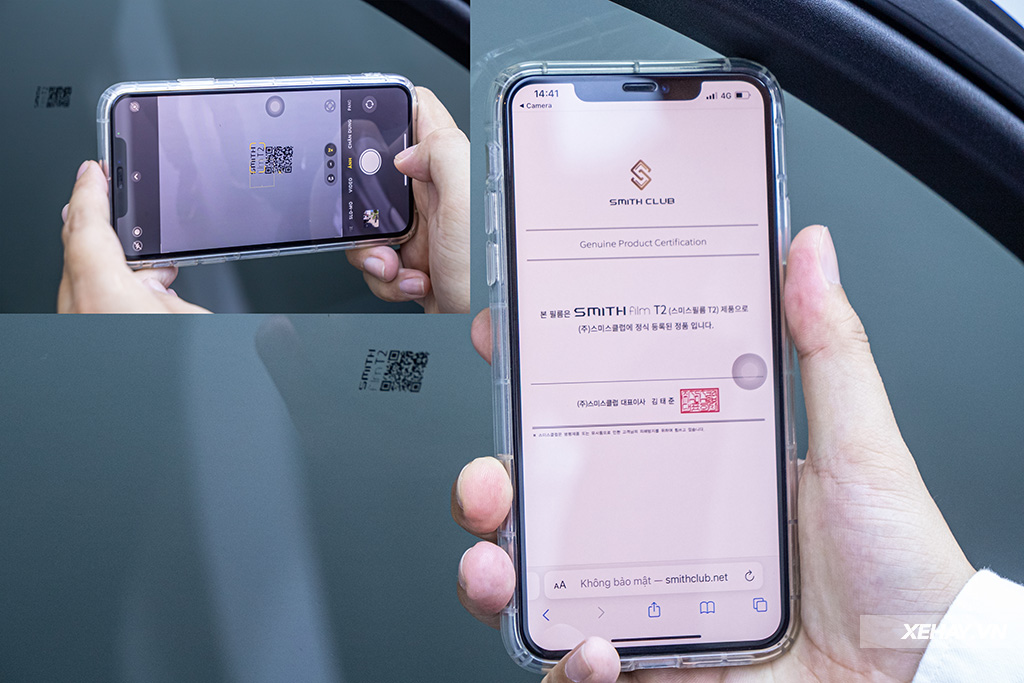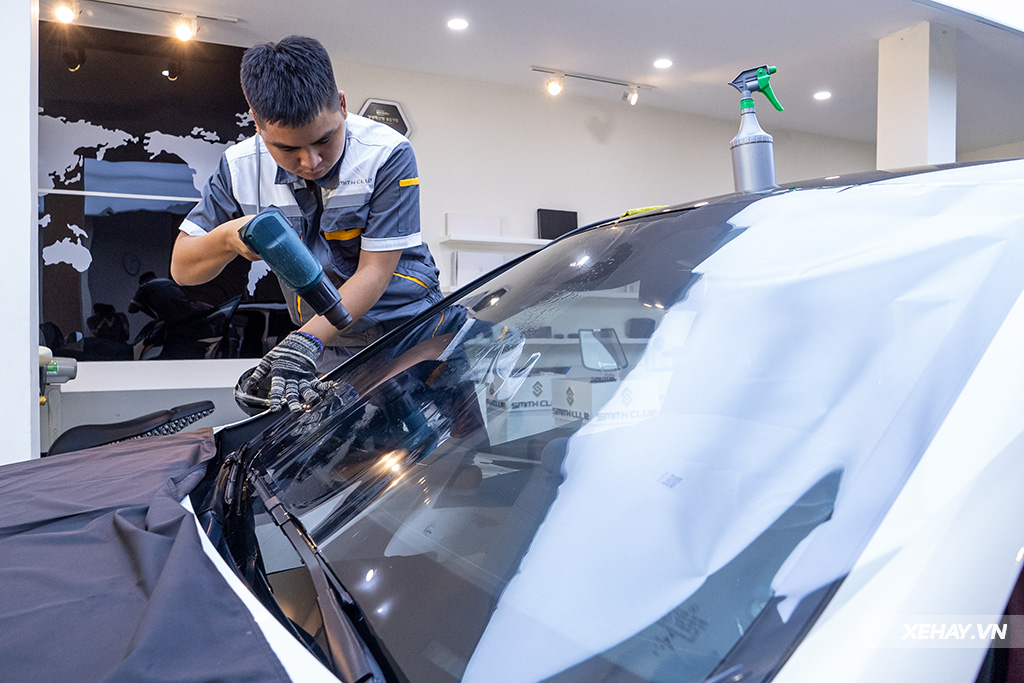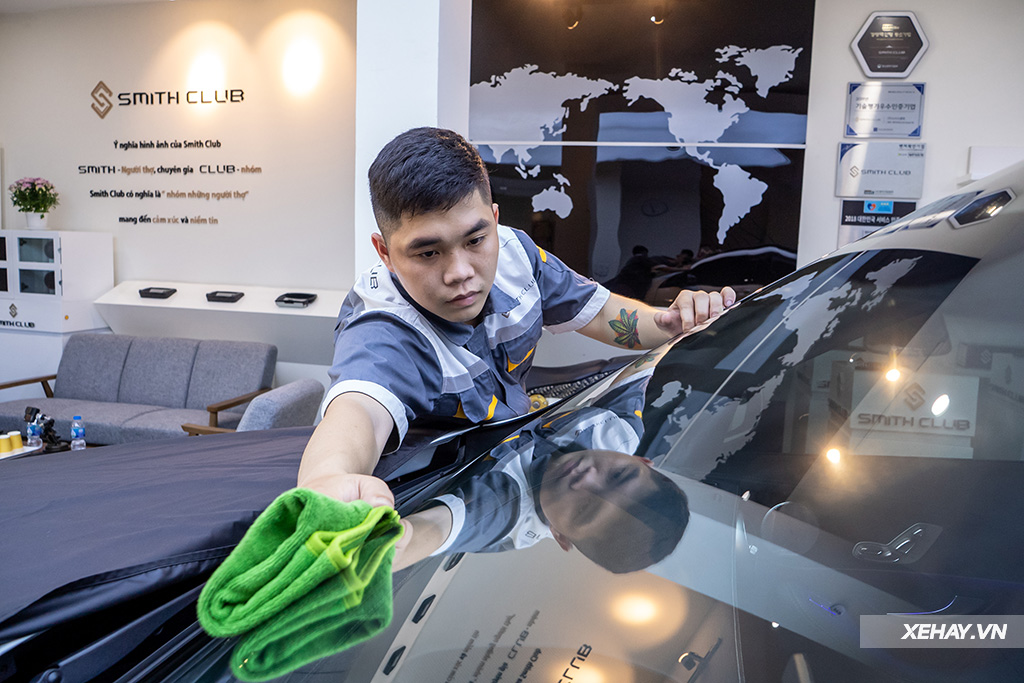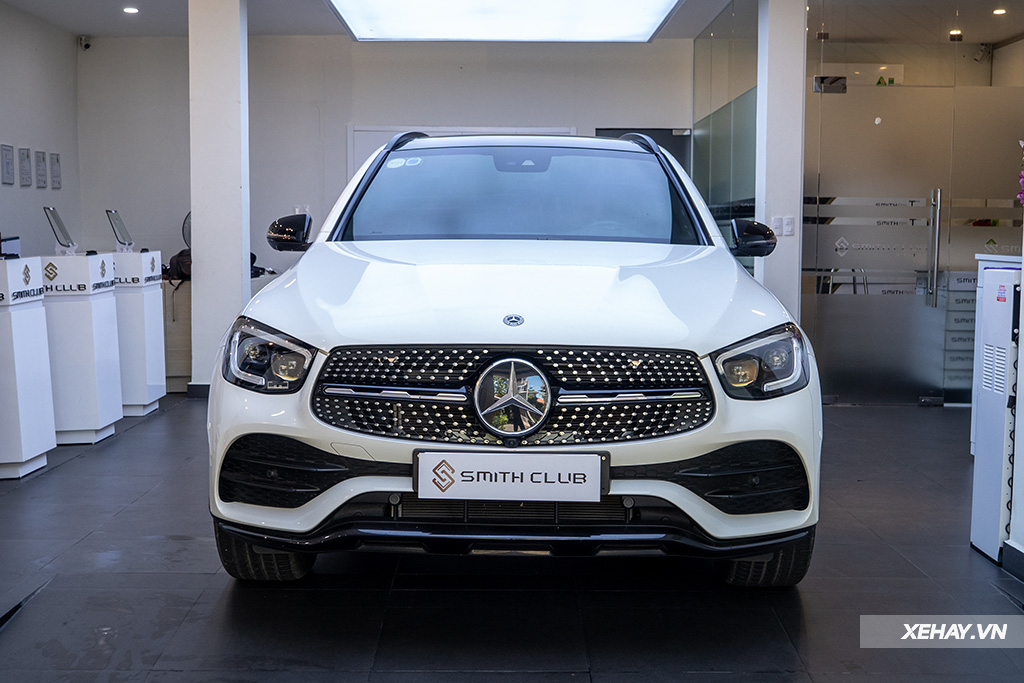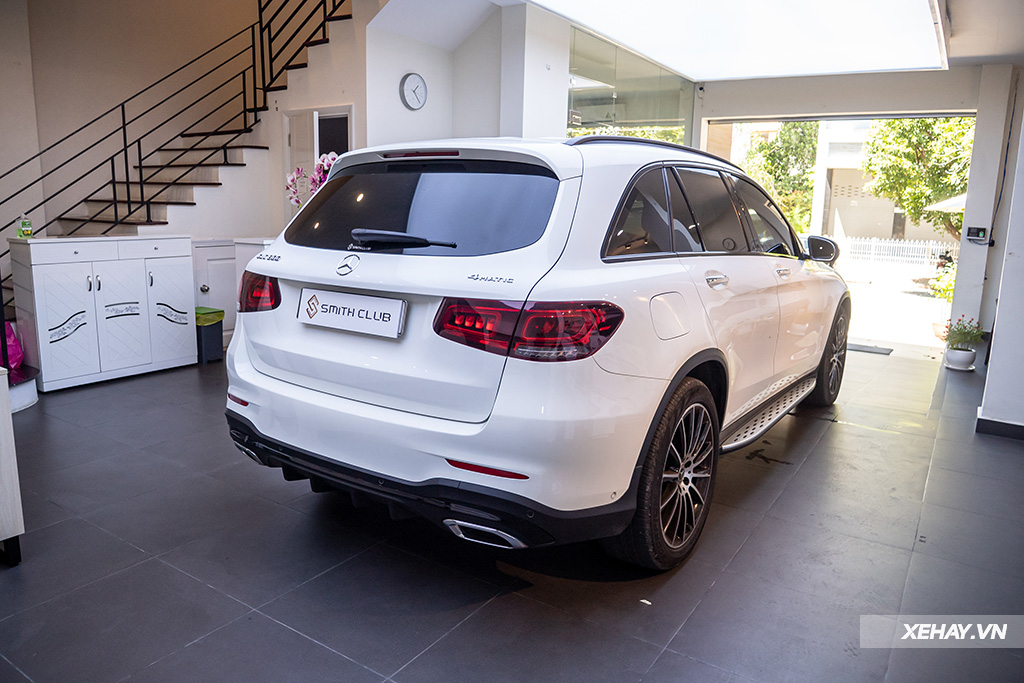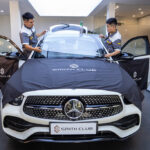So another summer is approaching. The issue of selecting the right car window film is becoming more prominent than ever, particularly in the midst of a market filled with superior and inferior products. Which one is truly a quality and suitable product for your beloved car?
Classification of window films by manufacturing technology
There are numerous types of window films available in the market, each with its own price, characteristics, advantages, and disadvantages. In Vietnam, two popular types of window films have gained traction:
- Nano-Ceramic Films: These films offer good visibility and high aesthetics without being affected by phone signals (3G, etc.). Although they do not cause interior glare or film oxidation, their durability tends to decrease after 2-3 years of use due to the breakdown of ceramic particles between the film layers caused by sunlight and UV rays.
- Nano-Carbon Metallizing Films: These films provide excellent heat insulation and high durability. However, they may adversely affect phone signals (3G, etc.) and cause eye glare for drivers due to the presence of large Nano particles that block light and reduce visibility. They can also lead to edge oxidation of the glass, primarily for customers using cars in coastal areas, as the metals react and oxidize along the glass edge.
In addition to the aforementioned types, there are other window film products available in the market, including:
- Optical film: These films consist of hundreds of layers and offer good heat insulation efficiency. Prominent brands in this category include products from 3M.
- Tinted film: These films are the most affordable and easy to produce, but they have the lowest heat insulation efficiency among window films.
However, there is a unique product called T2 window film with Nano-Carbon-Ceramic technology offered by the Smith Club brand. This product combines the Nano-Carbon and Ceramic technologies, inheriting all the advantages of both Nano-Ceramic and Nano-Carbon products.
The Smith Club T3 product is even more exceptional as it combines the Nano-Carbon-Ceramic technology from the T2 product with an additional metallized layer between the film layers. This layer enhances adhesion, adds heat insulation capabilities, and prevents harmful rays.
Thanks to this “magical” combination, Smith Club window film optimizes heat insulation, blocking almost all harmful rays such as infrared or ultraviolet rays, and maintaining transparency, providing the best visibility for drivers.
Smith Club window film also boasts superior durability. To underline this, the Smith Club brand provides a 10-year warranty policy for its products.
Real-life quality testing of Smith Club window film
To verify the actual quality of the product, we tested a Mercedes-Benz GLC that had been applied with Smith Club window film. The test took place on the streets of Saigon at noon when temperatures and harsh sunlight were at their peak.
Upon sitting in the car, we immediately noticed that the skin did not feel burned by the sunlight, unlike before the film had been applied. This advantage of Smith Club window film lies in its effective limitation of the harmful effects of infrared and ultraviolet rays.
Unlike many other products in the market, Smith Club window film ensures good transparency, preventing blurred images or glare commonly associated with cheaper products. Therefore, the installation team does not need to cut the film near the A-pillar glass, allowing the driver to maintain clear visibility of the rearview mirror.
However, this is a subjective visual perception. To obtain the most objective verification, we put the car through a measuring system to gather accurate numbers, proving the film’s ability to protect against harmful rays and its superior advantages.
Thermal insulation test
Using a surface temperature measuring device, our test recorded a surface temperature of up to 59°C on the asphalt and nearly 48°C on the hood. However, the interior temperature of the GLC 300 remained below 22°C. This significant temperature difference between the car’s interior and exterior demonstrates the superior heat insulation ability of Smith Club window film.
Harmful rays blocking test
With the aid of a dedicated light meter from the United States, we measured the UV ray blocking ability of Smith Club window film to be over 99%, effectively preventing 96% of infrared rays and allowing only 13% light transmission. These objective figures confirm that Smith Club products almost completely block all harmful infrared or ultraviolet rays.
Genuine product from Smith Club Vietnam
To address consumer concerns about counterfeit goods and ensure product authenticity, each Smith Club product includes a QR code on the film’s surface. Interested customers can quickly and conveniently check product information directly from their smartphones.
Alongside these outstanding advantages, the price of Smith Club products is also a factor worth considering. For example, applying Smith Club film to a 5-seater car costs approximately 4-10 million VND, covering all locations: front windshield, 4 side windows, and rear window.
Meanwhile, the cost of applying Smith Club film to high ground clearance 5-7 seater cars ranges from 5-12 million VND. This competitive price stands out against other window film products available today, which typically range from 15-20 million VND.
In addition to automotive window film products, the Smith Club brand offers other car accessories such as dash cameras, interior care chemicals, and replacement entertainment screens. The brand also provides products for daily life, including architectural window films for households or office buildings and smart portable air purifiers.
Conclusion: Smith Club window film is an exceptional product that combines the advantages of both Nano-Ceramic and Nano-Carbon products. Additionally, Smith Club window film is competitively priced, making it a viable option as the scorching summer heat approaches.
Anh Phan (Tuoitrethudo)
Photos: Ð?i Minh






























